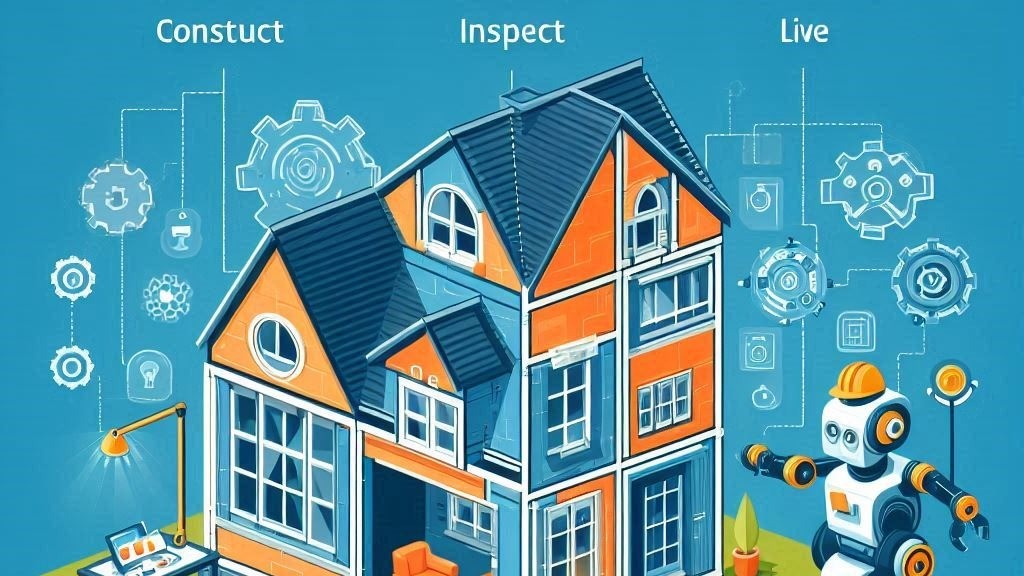Building a House vs. Managing Power Platform ALM: Why You Need the Right Environments
Imagine you’re building a house. You wouldn’t just start hammering nails into wood at the final location without any planning, right? You’d follow a structured process:
- Blueprint & Prototyping – Drafting the design and testing small models.
- Construction & Quality Checks – Building in phases and ensuring everything works.
- Final Walkthrough & Move-in – Verifying that everything is perfect before living in it.
Application Lifecycle Management (ALM) in Microsoft Power Platform follows a similar structure. Instead of houses, we build apps, automation, and integrations that must be tested before they go live.
The “Rooms” of Your ALM House: Environments
Just like you wouldn’t mix your construction materials with your furniture and daily essentials, you shouldn’t build and test in the same Power Platform environment where users work. Microsoft best practices recommend separate environments for different stages of development:
🏗️ Development Environment → The construction site
- This is where builders (developers) create features, test ideas, and refine designs.
- Multiple teams might be building different parts of the house (app).
🛠️ User Acceptance Testing (UAT) Environment → The home inspection
- Before moving in, you check for leaks, faulty wiring, or missing tiles.
- The UAT environment lets users test features in a safe space, separate from active development.
🏡 Production Environment → The final home
- This is where people live and work, so changes must be stable.
- Only well-tested, approved features should reach this stage.
Why Multiple Environments Matter
Let’s say a company has two teams working on different Power Platform features—one building a new client onboarding system and another enhancing internal approval workflows.
Without a UAT environment, testing both projects in the same space as active development would be like testing plumbing and electricity in a half-built house—you wouldn’t know if issues were caused by incomplete construction or real problems.
By following ALM best practices and using at least three environments (Dev, UAT, and Prod), teams can work efficiently, reduce risks, and deliver high-quality solutions—just like building a house that people can safely move into.
Final Thought
Next time you’re working on Power Platform solutions, think of your environments like phases of home construction. Build wisely, test thoroughly, and only move into your “house” once everything is solid.
How does your team handle ALM? Do you have the right “rooms” set up? Let’s discuss in the comments!


Leave a Reply